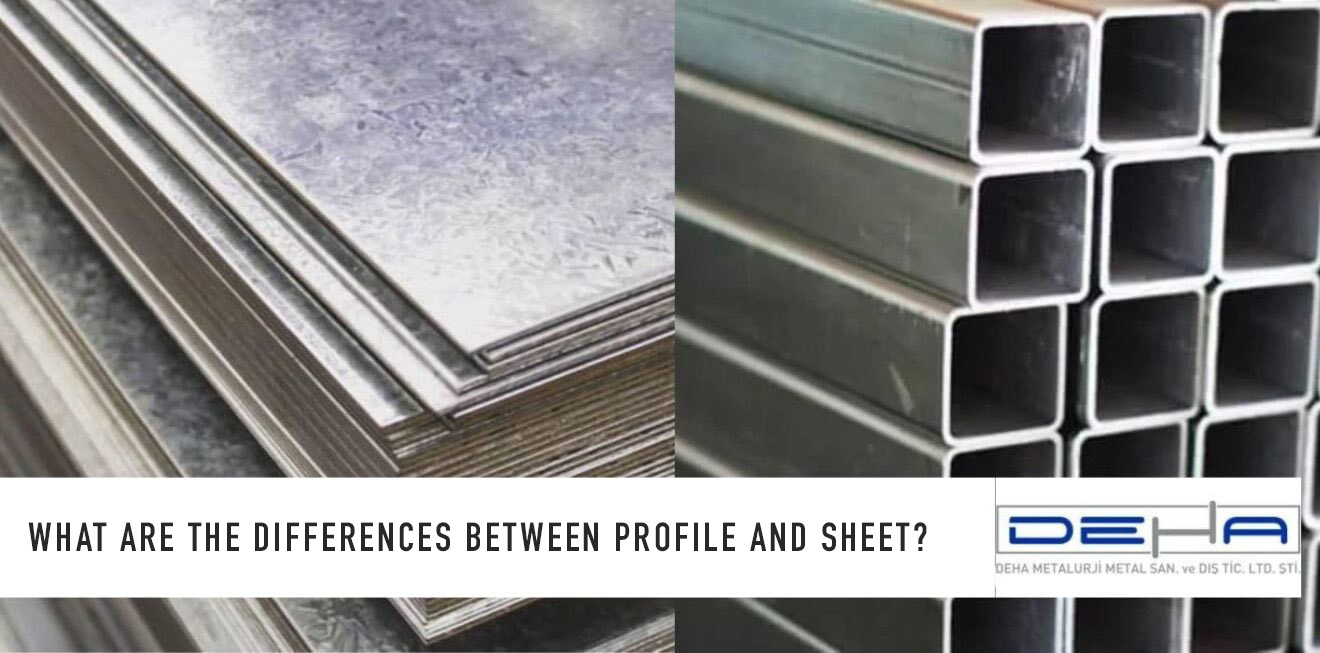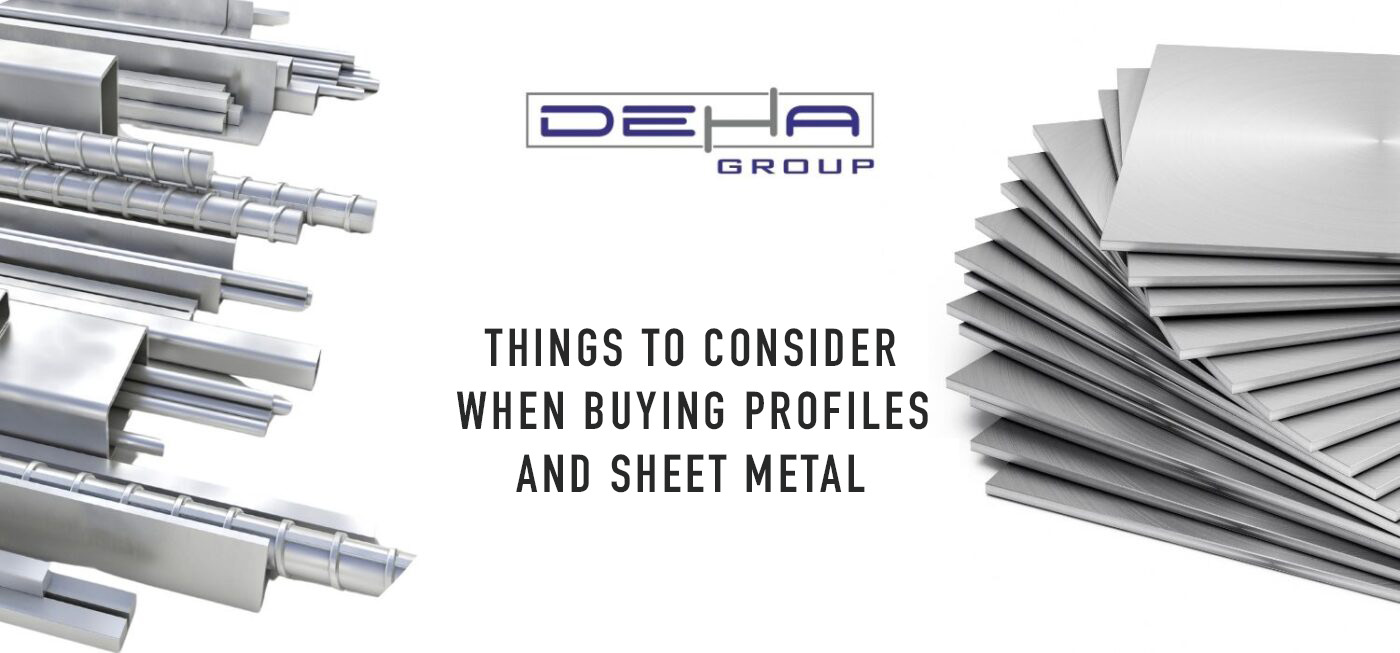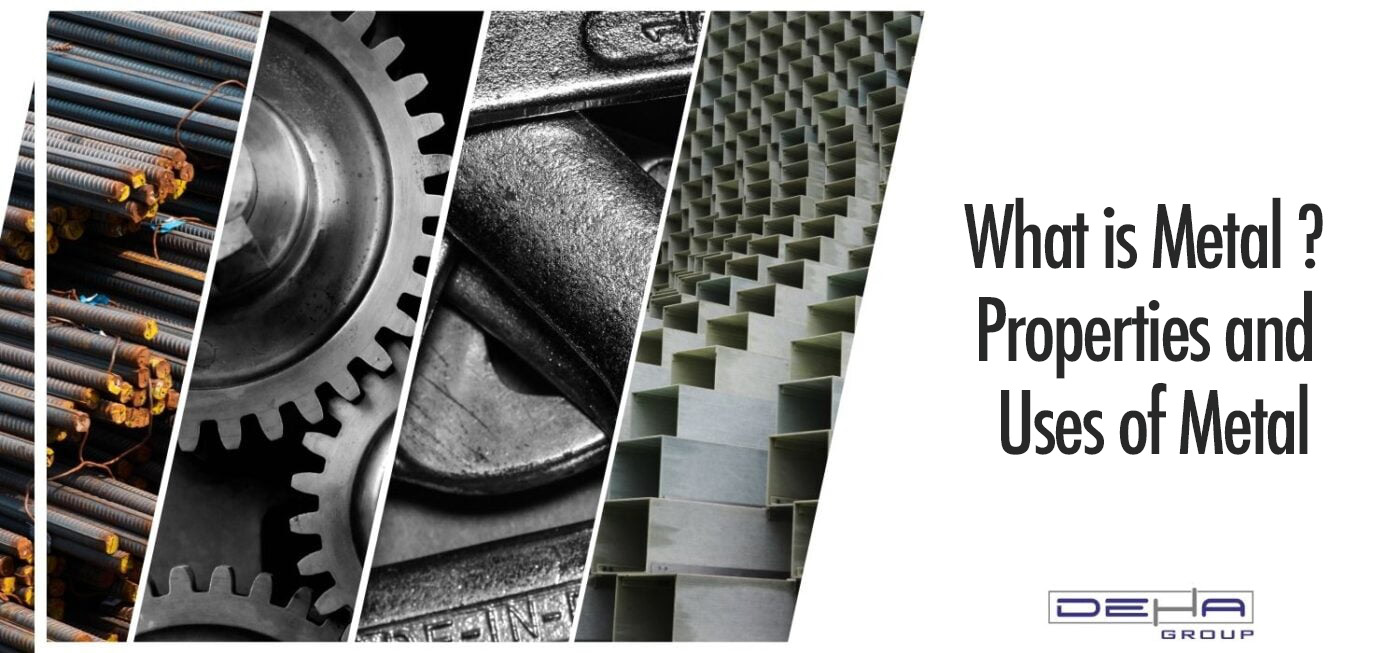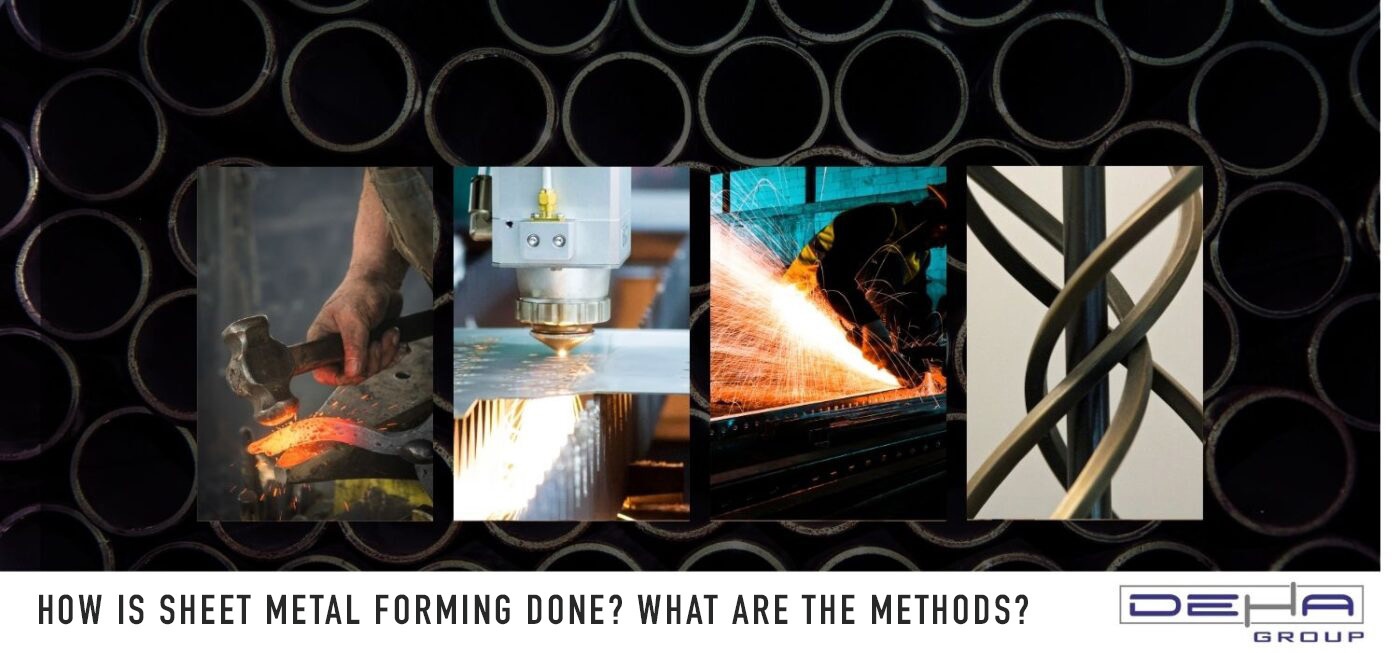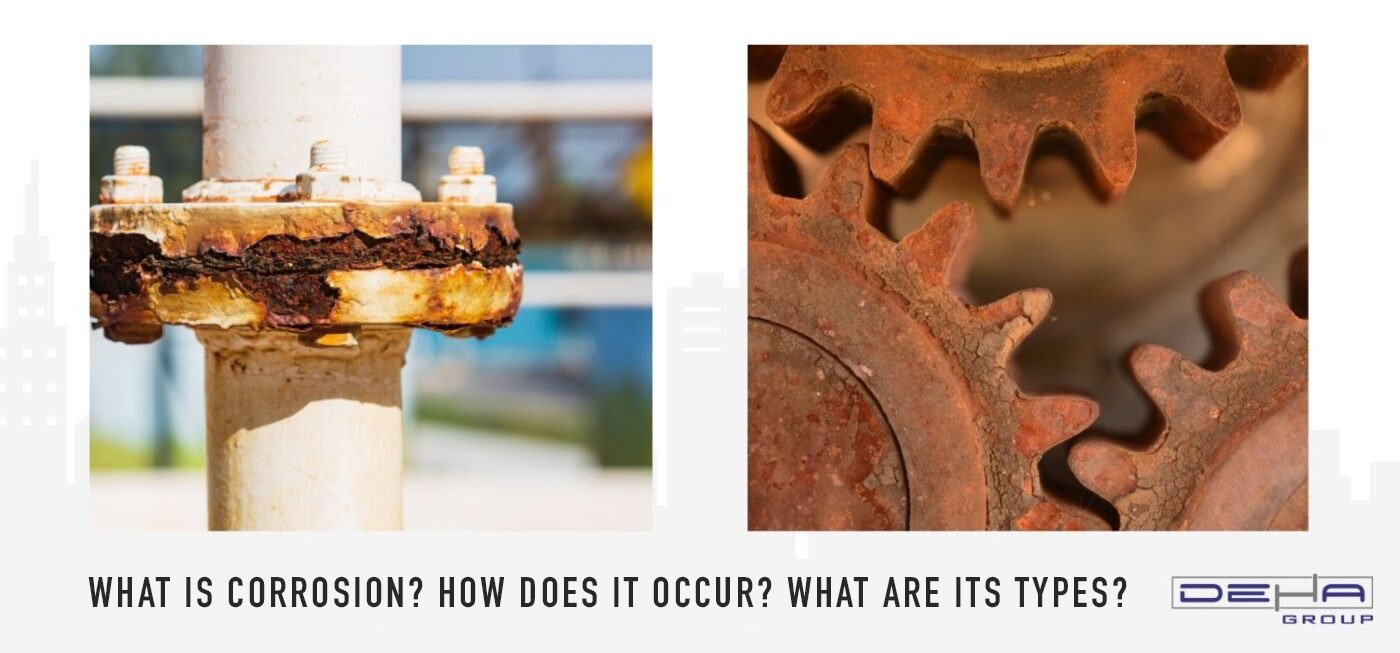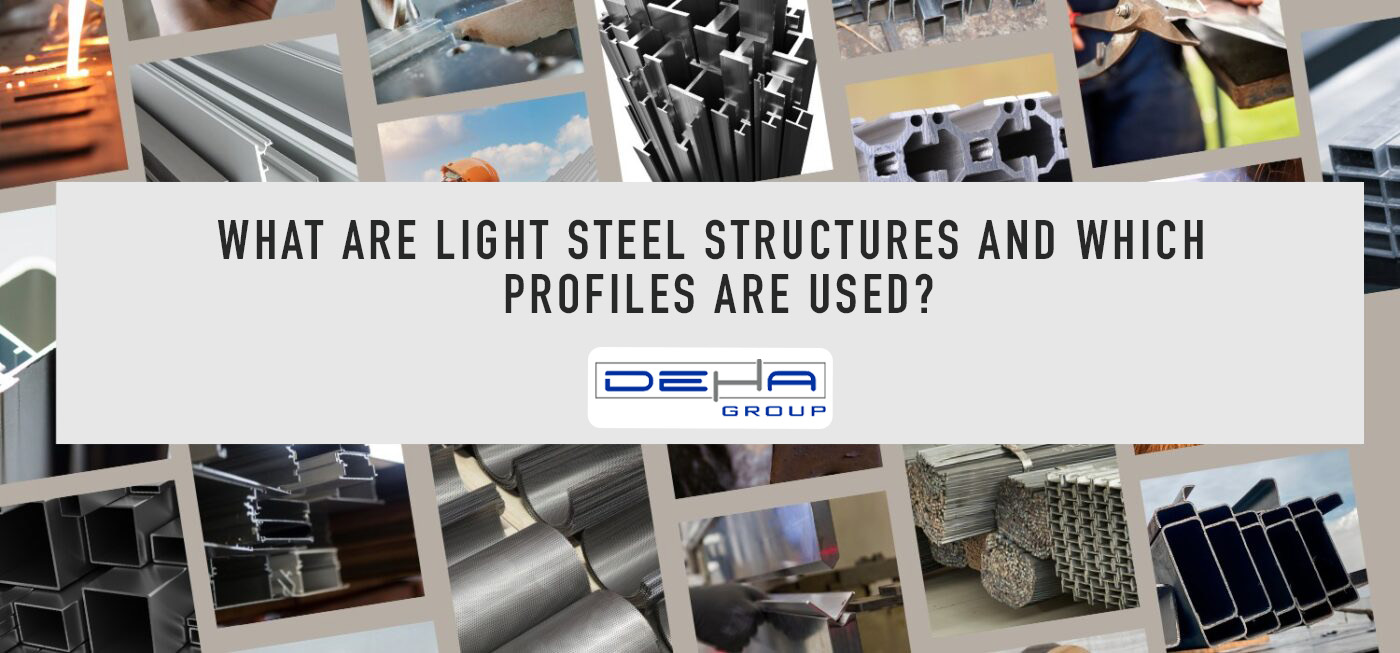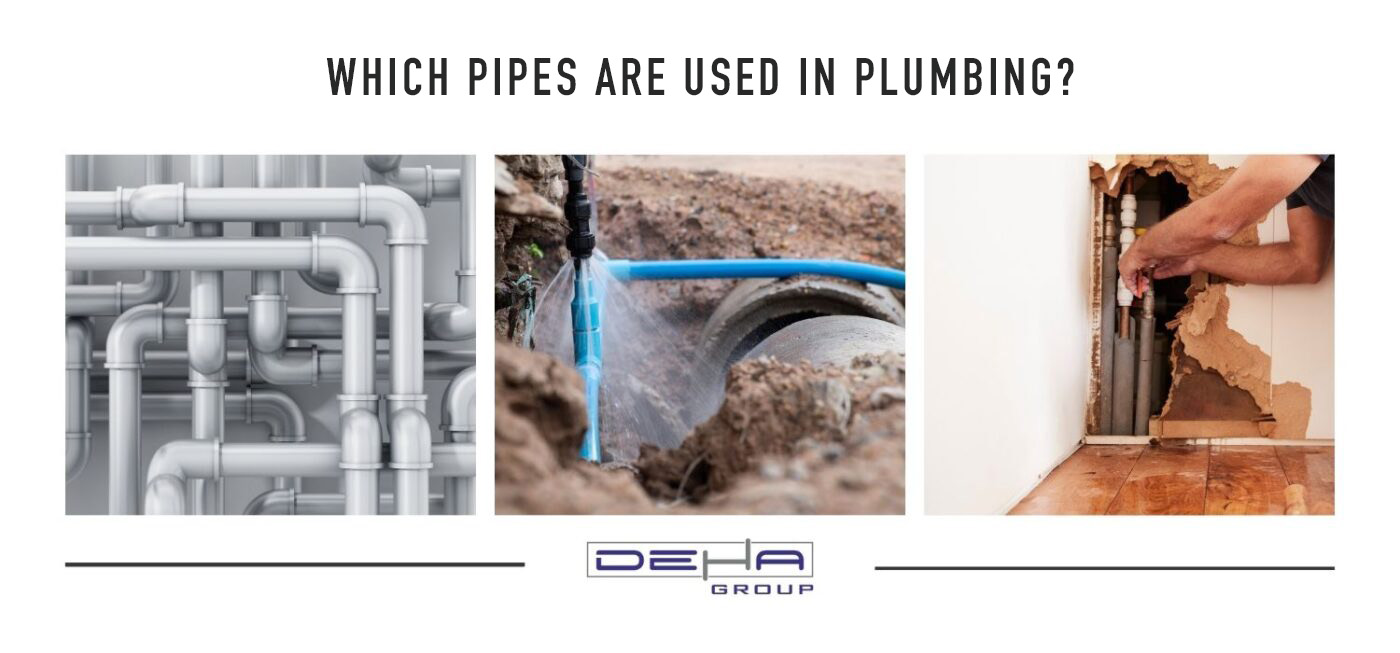
Pipes used in plumbing are vital for the healthy and reliable water supply of buildings. Among the most commonly used pipe types today are PEX (cross-linked polyethylene) pipes, copper pipes, and PVC (polyvinyl chloride) pipes. PEX pipes are easily installable and have a long lifespan due to their flexible structure. Additionally, they are resistant to corrosion and have a low risk of damage in cases like freezing. Copper pipes, on the other hand, are an excellent choice in terms of durability and heat resistance. However, the installation of copper pipes can be more labor-intensive and costly. PVC pipes are lightweight, inexpensive, and easy to install; they are generally preferred for cold water lines.
On the other hand, when choosing pipes for plumbing, factors such as intended use and local plumbing regulations should also be considered. Galvanized steel pipes are known for their durability, but they can face rust and corrosion problems over time. Stainless steel pipes minimize this issue but can be more costly. Each type of pipe has its own unique advantages and disadvantages. Therefore, choosing the right type of pipe plays a critical role in ensuring the system is efficient and long-lasting.
The pipes used in plumbing systems vary according to the area of application and purpose of use. Here are the commonly used types of pipes:
- PVC Pipes
- PPRC Pipes
- PEX Pipes
- Copper Pipes
- Galvanized Pipes
- Stainless Steel Pipes
These pipe types should be selected according to the needs of the plumbing system. Choosing the right pipe ensures the system is long-lasting and reliable.
PVC (Polyvinyl Chloride) pipes are plastic pipes widely used in plumbing, drainage, and sewage systems. They are preferred due to advantages such as durability, low cost, and easy installation. Detailed information about PVC pipes is provided below:
Characteristics
Lightweight: PVC pipes are considerably lighter than metal pipes. This facilitates transportation and installation processes.
Durability: They are resistant to corrosion and chemicals. These properties make them long-lasting.
Flexibility: Their flexible structure makes them resistant to impacts and pressure.
Low Cost: Since production costs are low, PVC pipes offer an economical solution.
Applications
Drinking Water Installations: PVC pipes are widely used in drinking water systems. They provide a hygienic and safe water transportation solution.
Drainage and Sewer Systems: PVC pipes are also frequently used in wastewater and sewer systems. They are resistant to chemicals and abrasive materials.
Irrigation Systems: PVC pipes are preferred in agricultural and garden irrigation systems. They are durable and long-lasting.
Advantages
Easy Installation: PVC pipes can be easily cut and installed. Connections (fittings) allow for quick and reliable installation.
Corrosion Resistance: Unlike metal pipes, PVC pipes are resistant to corrosion. This property ensures long-lasting use.
Low Friction Loss: The inner surface of PVC pipes is smooth, providing low friction loss in water flow. This results in energy savings.
Eco-Friendly: PVC pipes are made from recyclable materials and have low environmental impact due to their long lifespan.
Disadvantages
Temperature Resistance: PVC pipes are not resistant to high temperatures. Therefore, their use in hot water systems is limited.
UV Light Resistance: When exposed to direct sunlight, PVC pipes can degrade over time. Therefore, PVC pipes used outdoors should be protected with UV protective coatings.
PVC pipes can be an ideal choice due to the advantages they offer in plumbing and their economic costs. With proper use and installation, a long-lasting and reliable plumbing system can be established.
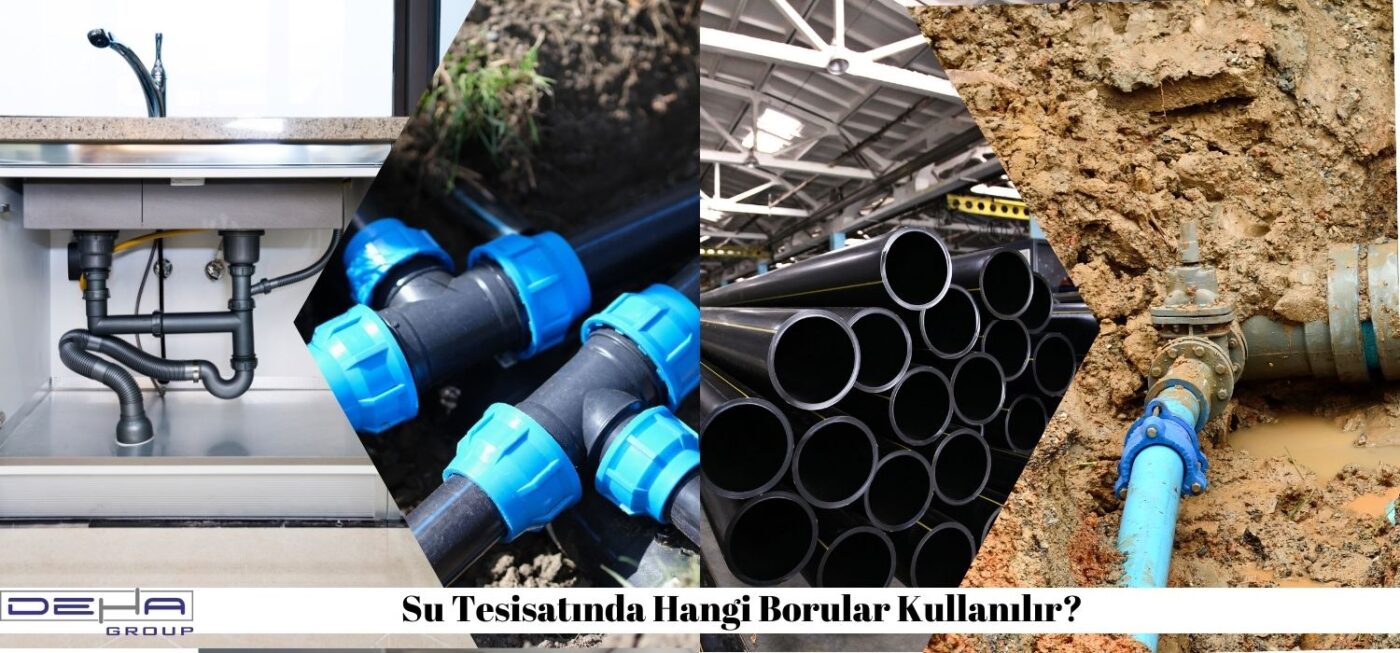
PPRC (Polypropylene Random Copolymer) pipes are plastic pipes commonly used in hot and cold water installations. They are known for features like durability, hygiene, and chemical resistance. Detailed information about PPRC pipes is provided below.
Features
Durability: PPRC pipes are resistant to high pressure and temperature. They are long-lasting and do not deform over time.
Corrosion Resistance: They exhibit high resistance to chemicals and corrosion, thereby maintaining water quality.
Flexibility: Due to their flexible structure, they are easy to install and resistant to impacts.
Lightweight: Compared to metal pipes, PPRC pipes are quite lightweight, making them easy to transport and install.
Applications
Hot and Cold Water Installations: PPRC pipes are safely used in both hot and cold water transportation systems. Their heat resistance makes them preferable for hot water installations.
Heating Systems: PPRC pipes are commonly used in central and underfloor heating systems.
Industrial Applications: Their resistance to chemicals makes them preferred in various industrial applications.
Agriculture and Garden Irrigation Systems: They can be used in irrigation systems in agriculture and gardens.
Advantages
Hygienic: PPRC pipes offer a hygienic solution for potable water transportation systems. They do not harbor bacteria and germs.
Long Life: Their resistance to corrosion and chemicals ensures long-lasting use.
Easy Installation: The installation of PPRC pipes is quick and easy. They are joined at the joints using welding machines, creating leak-proof and sturdy connections.
Low Thermal Conductivity: Due to low thermal conductivity, they conserve energy and maintain the water temperature for a longer time.
Eco-Friendly: PPRC pipes are made from recyclable materials and have a low environmental impact.
Disadvantages
High Cost: Compared to other plastic pipes, they may have a slightly higher cost.
UV Resistance: Their resistance to UV rays decreases when exposed to sunlight for prolonged periods, so UV protective measures should be taken if used outdoors.
PPRC pipes offer an ideal solution for water installations with their durability, hygienic properties, and ease of installation. When used correctly, they provide a long-lasting and reliable installation system.
included below:
PEX (Cross-Linked Polyethylene) pipes are plastic pipes widely used in plumbing due to their flexibility, durability, and chemical resistance. Detailed information about PEX pipes is provided below:
Characteristics
Flexibility: PEX pipes are highly flexible, making them resistant to bending and twisting. They can be easily installed even in tight spaces.
Durability: PEX pipes are resistant to high pressure and temperatures. They have high heat resistance and pressure endurance.
Chemical Resistance: They are resistant to most chemicals. They do not experience issues like scaling, corrosion, or sediment buildup.
Low Temperature Resistance: PEX pipes do not become brittle at low temperatures, making them ideal for cold climates.
Applications
Hot and Cold Water Plumbing: They are widely used in both hot and cold water transport systems. They are resistant to high temperatures, making them safe for use in hot water plumbing.
Underfloor Heating Systems: The flexibility of PEX pipes makes them easy to use in underfloor heating systems. The installation and laying of the pipes are simple.
Industrial Applications: They are also used in a variety of industrial applications. Their chemical resistance makes them a preferred choice for industrial plumbing.
Agricultural and Garden Irrigation Systems: They are used in irrigation systems in agriculture and gardens. They are durable and long-lasting.
Advantages
Easy Installation: PEX pipes can be easily installed due to their flexible structure. Quick and reliable installation can be done using fittings and special connection systems.
Corrosion Resistance: Unlike metal pipes, PEX pipes are resistant to corrosion. This feature provides long-lasting use.
Energy Efficiency: Their low thermal conductivity helps save energy. They retain the water's temperature for a longer period.
Noise Reduction: PEX pipes produce less noise during water flow, providing a quiet and comfortable plumbing system.
Eco-friendly: PEX pipes are made from recyclable materials with low environmental impact.
Disadvantages
UV Resistance: Their resistance to UV rays decreases when exposed to direct sunlight; therefore, UV protective measures should be taken if used outdoors.
Connection Methods: PEX pipes may require special tools and fittings for connections, which can increase the cost.
Thermal Expansion: PEX pipes can expand and contract with temperature changes, which should be considered during installation.
PEX pipes offer an ideal solution in plumbing systems due to their flexibility, durability, and ease of installation. When used correctly, they provide a long-lasting and reliable plumbing system.
Copper pipes are well-known and widely used in plumbing installations due to their longevity, durability, and hygienic properties. Here is detailed information about copper pipes:
Properties
Durability: Copper pipes have high durability and are long-lasting. They are resistant to corrosion and wear.
Thermal Conductivity: Copper is a material with high thermal conductivity. This property allows effective heat transfer in heating systems.
Hygienic: They have antibacterial properties, making them safe for use in drinking water supply systems.
Flexibility: Due to their flexible nature, they can be easily bent and installed.
Applications
Drinking Water Installations: Copper pipes are commonly used in drinking water supply systems because they are hygienic. They maintain water quality and prevent harmful substances from mixing into the water.
Heating Systems: Copper pipes are preferred in central heating, radiator connections, and underfloor heating systems. They provide efficient heat transfer thanks to their high thermal conductivity.
Industrial Applications: They are used in various industrial installations due to their resistance to chemicals and high pressure.
Air Conditioning and Cooling Systems: Copper pipes are also widely used in air conditioning and cooling systems. They effectively facilitate heat transfer.
Advantages
Long Lifespan: Copper pipes are long-lasting due to their resistance to corrosion and wear. They can be used for many years without maintenance.
Antibacterial: Due to their antibacterial properties, copper pipes ensure the water remains hygienic. They prevent the formation of bacteria and microbes.
High Heat Resistance: They are resistant to high temperatures, making them safely usable in hot water supply systems.
Environmentally Friendly: Copper pipes are made from recyclable materials and have low environmental impact.
Aesthetic: Copper pipes can also be preferred in decorative installations due to their aesthetic appearance.
Disadvantages
Cost: Copper pipes are more costly compared to other plastic pipes. This can increase initial investment costs.
Weight: Copper pipes are heavier than plastic pipes, which can require extra effort during transport and installation.
Theft Risk: Due to the high value of copper, there is a risk of theft.
Scaling: In hard water areas, scaling may occur over time, narrowing the internal diameter of the pipes and reducing water flow.
Copper pipes offer an ideal solution for plumbing installations with their durability, hygienic properties, and high thermal conductivity. When used correctly, they provide a long-lasting and reliable plumbing system.
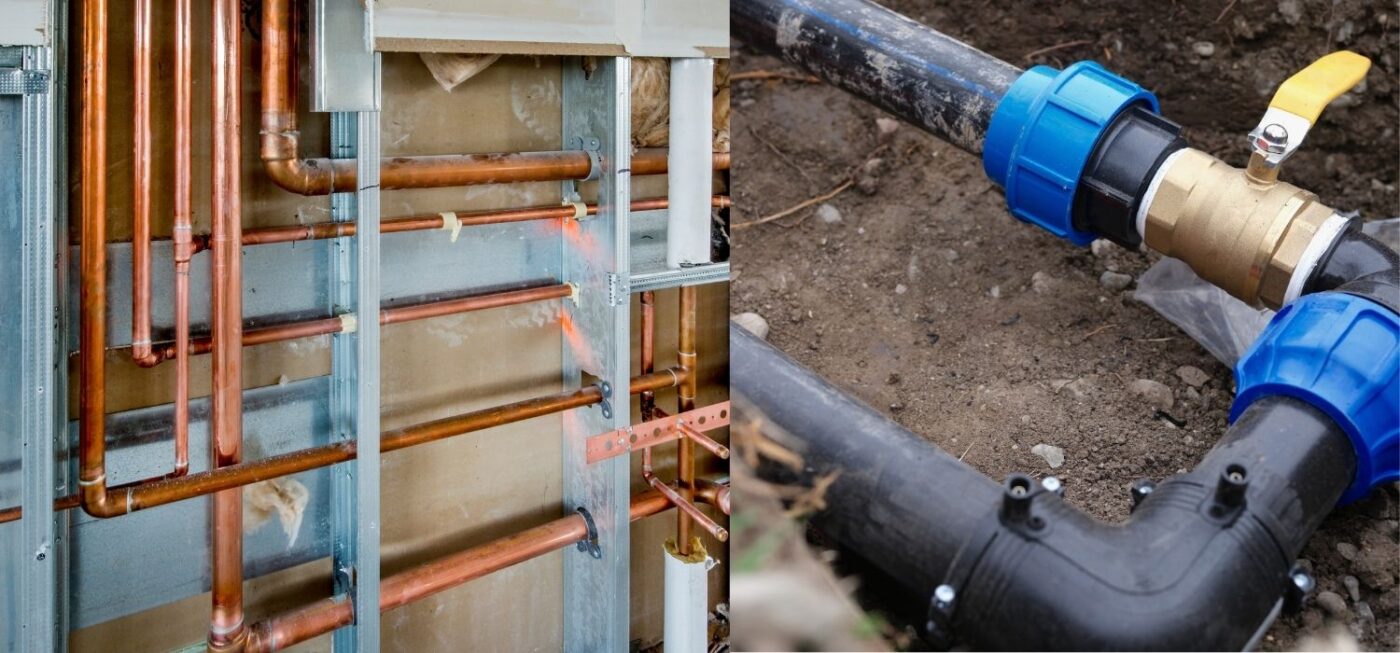
Galvanized pipes are pipes obtained by coating steel pipes with zinc. This coating increases the resistance of the pipes to corrosion. Detailed information about galvanized pipes is provided below:
Characteristics
Corrosion Resistance: Galvanized pipes show high resistance to corrosion because their outer surface is protected with a zinc coating. This coating prevents rusting and deterioration of the pipes.
Durability: The combination of the durability of steel pipes with zinc coating provides a long-lasting and sturdy pipe.
Surface Coating: The zinc coating provides a smooth surface coating for the pipes. This coating also enhances the aesthetic appearance of the pipes.
Applications
Water Installations: Galvanized pipes have been used, especially in drinking water and drainage systems. However, today they have been replaced by more modern types of pipes.
Sewer Systems: They can also be used in wastewater and sewer systems. Corrosion resistance ensures long-lasting performance.
Industrial Applications: They can be used in various industrial applications. They are preferred for their high durability and corrosion resistance.
Agricultural and Garden Systems: They can also be used in garden irrigation systems and agricultural applications.
Advantages
Corrosion Protection: The zinc coating increases the resistance of the pipes to corrosion and ensures long-lasting use.
Strong and Durable: Thanks to the durability of steel pipes, galvanized pipes have a strong and robust structure.
Aesthetic Appearance: The zinc coating smooths the surface of the pipes and provides a pleasing aesthetic appearance.
Disadvantages
Limescale and Sediment Buildup: Over time, limescale and sediment buildup can occur on the inner surfaces of galvanized pipes. This can narrow water flow and reduce the efficiency of the pipes.
Limited Use: Galvanized pipes are less preferred today compared to plastic pipes and other modern types of pipes. Despite high corrosion resistance, they are often bypassed in many applications due to limescale issues on the inner side.
Heavy and Brittle: Galvanized pipes are heavier than metal pipes and may be more susceptible to impact.
Galvanized pipes can be used in various applications due to their corrosion-resistant coating and long lifespans. However, disadvantages such as potential limescale and sediment buildup on the inner surfaces should be considered. Therefore, more modern types of pipes might be preferred today.
Stainless steel pipes are pipes preferred in various applications due to their high durability, corrosion resistance, and long lifespan. These pipes, which are a version of steel pipes covered with a special alloy resistant to rust, are used in many industrial and commercial applications. Here are detailed details about stainless steel pipes:
Characteristics
Corrosion Resistance: Stainless steel pipes exhibit high corrosion resistance thanks to nickel and chromium alloys. This feature ensures that the pipes are resistant to rust and decay.
Durability: Stainless steel pipes are highly durable against high pressure and impacts. They are long-lasting and reliable.
Aesthetic: They are also preferred in decorative applications due to their shiny surface and aesthetic appearance.
Heat Resistance: They are resistant to high temperatures and show resistance to heat.
Applications
Drinking Water Installations: Stainless steel pipes provide a hygienic solution in drinking water systems. They preserve water quality and prevent harmful substances from entering the water.
Industrial Applications: Preferred in industrial applications involving chemical processes, high temperature, and pressure. Their resistance to corrosion makes them ideal for such environments.
Food and Beverage Industry: Offers a hygienic and reliable solution for the transportation of food and beverages. Stainless steel pipes are used to ensure food safety.
Medical Devices: Used in medical equipment and devices to meet hygiene and durability requirements.
Underfloor Heating Systems: They can be used in underfloor heating systems as they are resistant to high temperatures.
Advantages
Long Lifespan: They are long-lasting due to their corrosion resistance and durability. They can be used for many years without maintenance.
Hygienic: Provides hygiene in drinking water and food applications due to its antibacterial properties.
Heat Resistance: Their resistance to high temperatures makes them suitable for heating systems and industrial applications.
Aesthetic Appearance: Preferred in decorative applications due to their shiny and modern appearance.
Disadvantages
High Cost: Stainless steel pipes are more expensive compared to other types of pipes. This can increase initial investment costs.
Heavy: The weight of metal pipes may require additional effort during transportation and installation.
Corrosion: If the pipes are exposed to extreme chemical environments, they may still carry a risk of corrosion.
Stainless steel pipes offer an ideal solution in various applications with their durability, hygienic properties, and aesthetic appearance. When used correctly, they provide a long-lasting and reliable installation or system.
A table containing the advantages and disadvantages of pipe types:
| Pipe Type | Advantages | Disadvantages |
| PVC Pipes | – Lightweight and easy installation – Low cost – Corrosion resistant – Low friction loss – Environmentally friendly | – Limited temperature resistance – Not resistant to UV rays – Low mechanical strength |
| PPRC Pipes | – Hygienic and long-lasting – High chemical and corrosion resistance – Easy installation – Low thermal conductivity – Environmentally friendly | – High cost – Low UV resistance – Connection methods may require special tools |
| PEX Pipes | – Easy installation due to flexible structure – Corrosion resistant – High energy efficiency – Noise reduction – Environmentally friendly | – Low UV resistance – Connection methods may require special tools – Thermal expansion |
| Copper Pipes | – Long-lasting and durable – Antibacterial properties – High heat resistance – Aesthetic appearances – Environmentally friendly | – High cost – Weight – Theft risk – May calcify |
| Galvanized Pipes | – Resistant to corrosion – Strong and durable – Aesthetic appearance | – Limescale and sediment buildup on the inner surface – Less preferred nowadays – Heavy and brittle when dry |
| Stainless Steel Pipes | – Long-lasting and durable – Hygienic and antibacterial – High heat resistance – Aesthetic appearance – Environmentally friendly | – High cost – Weight – Corrosion risk (in extreme chemical environments) |

 TR
TR

